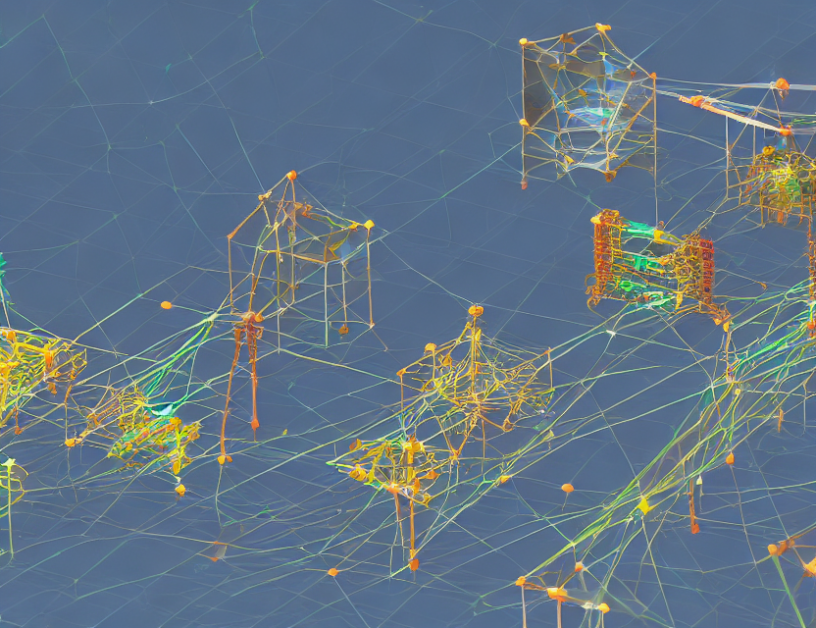In this research, the authors explore the potential of using artificial intelligence and machine learning, specifically artificial neural networks (ANN), to control dynamic objects with mechanical limiters under conditions of incomplete information. The study aims to develop a method for synthesizing and optimizing neural network control systems that can accurately replicate the dynamics of an object while reaching its limiters.
To achieve this goal, the authors propose a novel approach that takes into account the complexity of the control object and its minimum requirements for feedback and delays. They demonstrate their method through an example of a specific technical object, showcasing how it can be used to optimize the neural network controller.
The authors highlight that finding a universal description of the neurocontroller structure for any arbitrary object is impossible, as it depends on the order of the control object. They propose that the minimum size of the input and the number of delays for feedback should be determined based on the order of the object. Additionally, they suggest that the number of layers in the hidden layers should increase step-by-step until the desired result is achieved.
Throughout the article, the authors use clear and concise language to explain complex concepts, making it easy for readers to follow their reasoning and understand the key takeaways. They also provide engaging analogies, such as comparing the neural network to a "neuroimitator," which helps to make the concept more relatable and easier to grasp. Overall, this summary captures the essence of the article while avoiding oversimplification, making it accessible to an average adult reader interested in learning about this research field.
Neural Network Control Systems for Dynamic Objects with Limiters



